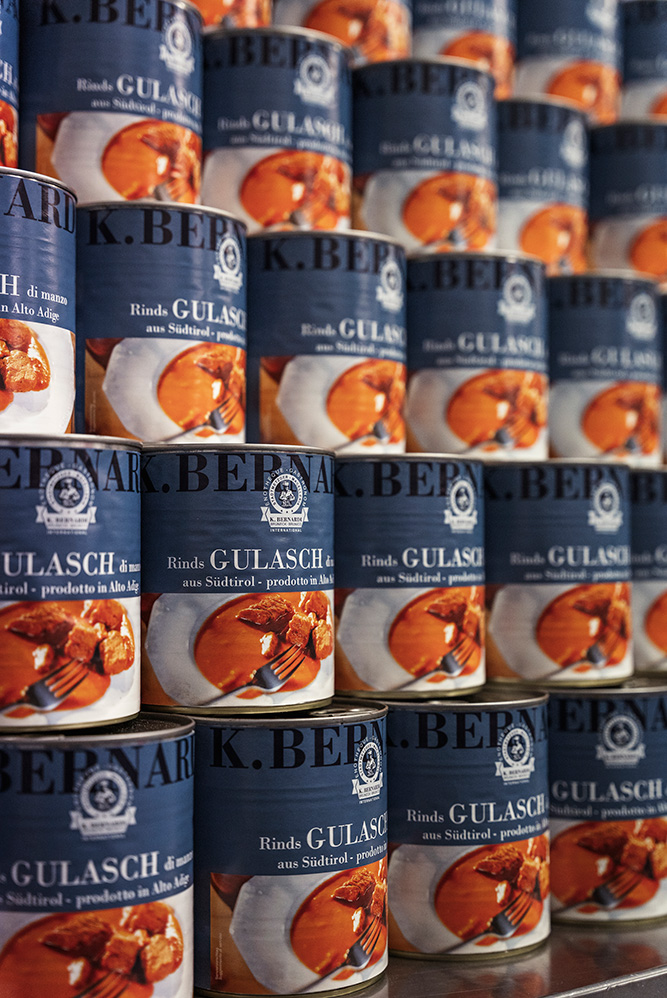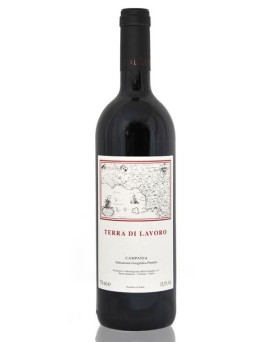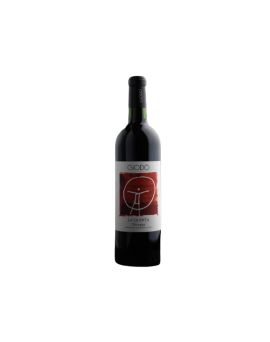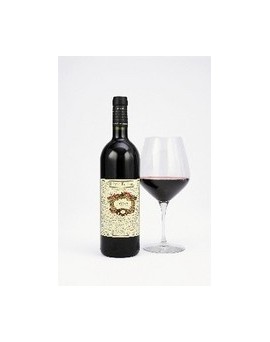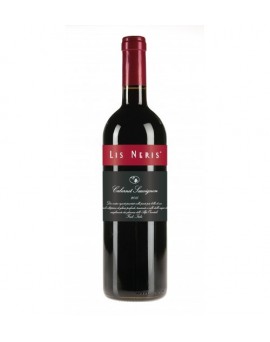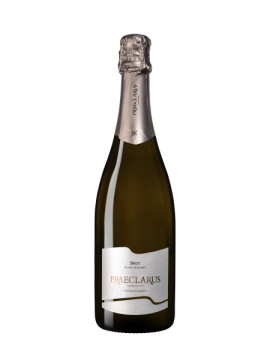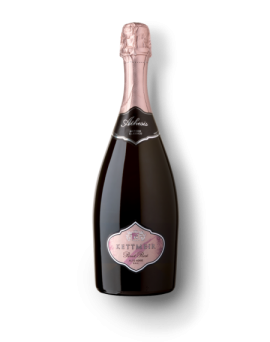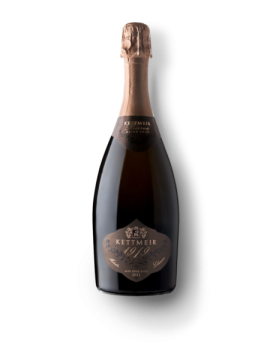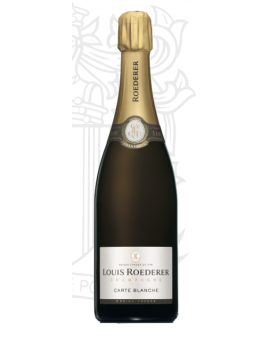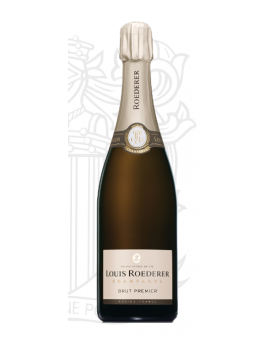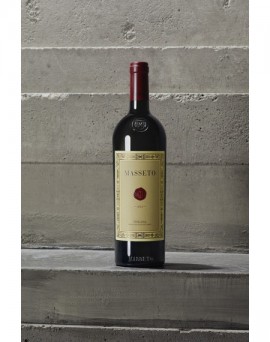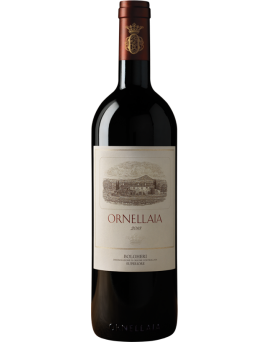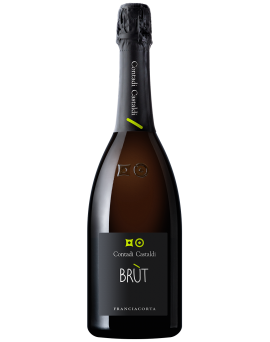BRUT PREMIER<br />Characteristics<br />Always on the borderline between aperitif wine and wine for the whole meal, Brut Premier asserts its fresh style: direct, precise and juicy at the same time.<br /><br />Brut Premier is produced each year, seeking the same balance between freshness and pleasure: it is both elegant and rich, youthful and mature, with a very particular<br />structure, on the borderline between an aperitif wine and a wine for the whole meal. Every year it is assembled and recreated with patience, starting from the strength of the<br />last vintage (the base), which must be softened, patinated and tamed with care so as never to lose its peculiarities! It is the reserve wines, aged for individual parcels for up<br />to 10 years in French oak barrels, that give Brut Premier its unmistakable character. It is a meticulous work, involving 200 to 300 different lots: the wines, the vines, the crus,<br />the vintages blend in a harmonious and delicious way so that everything changes but remains the same!<br />Grape varieties:<br />40% Pinot Noir, 40% Chardonnay of which 10% vinified in wood (oak barrels) and 20% Meunier.<br />Vinification:<br />Brut Premier benefits from an average of 3 years of ageing in the cellar, to which is added a rest period of 6 months after disgorging, to perfect its maturity.<br />The dosage is 9 g/l.<br />Tasting notes:<br />A bright yellow wine with golden hues and a very dynamic effervescence. The nose has aromas of candied citrus fruits (lemon) with notes of peel, acidulous, combined with<br />the sweetness of toasted hazelnut, acacia flowers in full bloom. The palate is rich, fluid, round and fresh. The attack is centred on juicy, direct, dense fruit, pure but<br />characterised by sweetness, prolonged by a savoury freshness that gives it a remarkable mineral precision, an elegance without excess. The sensation is delicate, fluid,<br />consistent and with a particular immediacy!<br />
Price
€77.50

